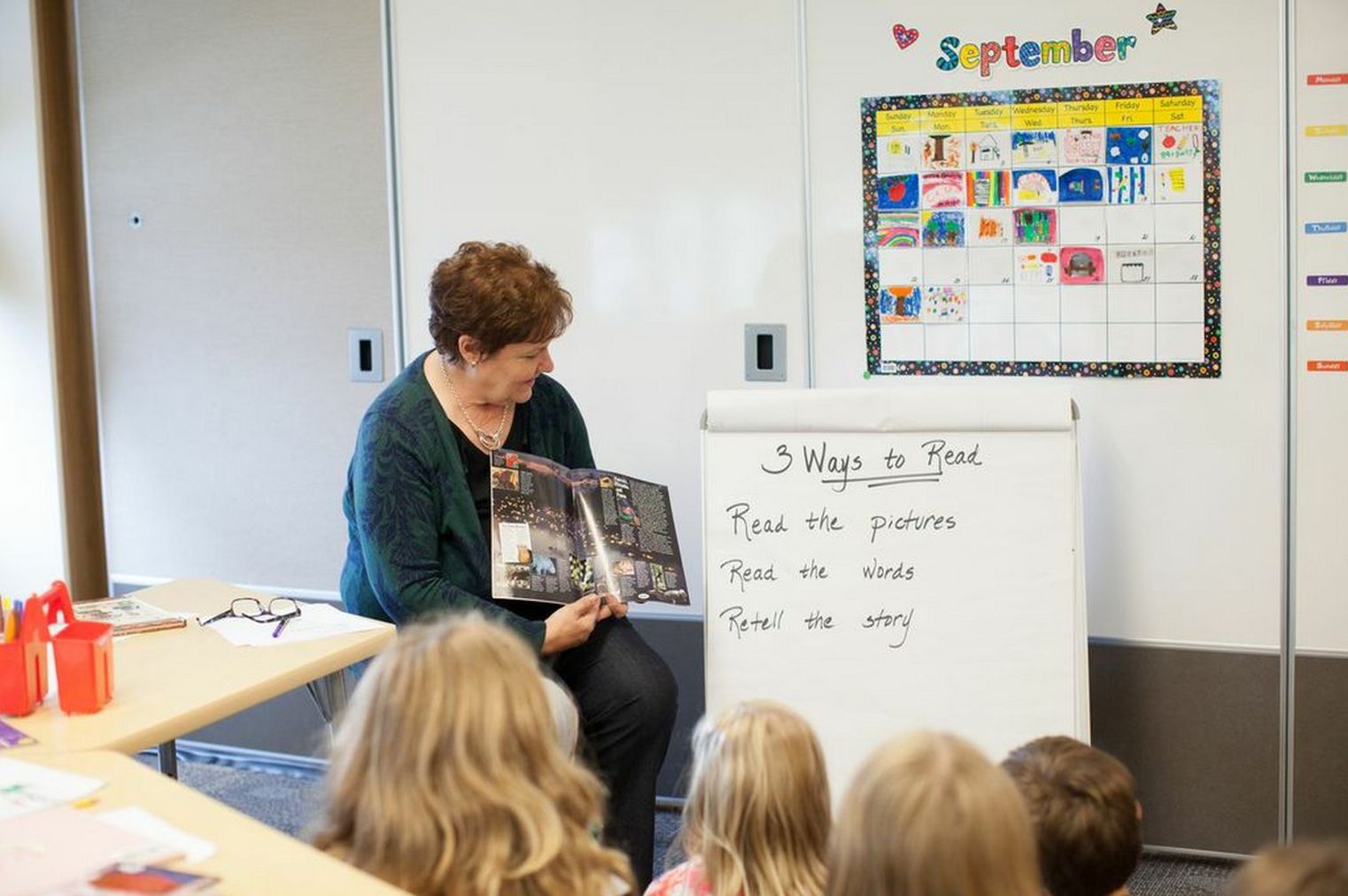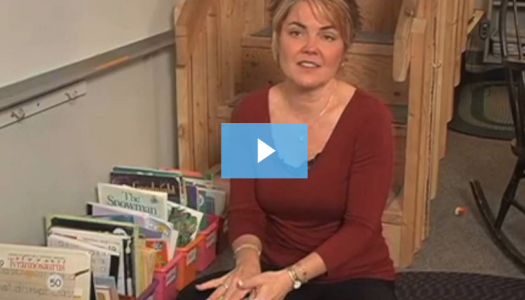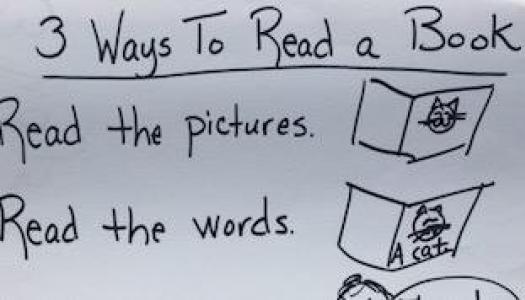Starting With Three Ways to Read a Book
Join Our Community
Access this resource now. Get up to three resources every month for free.
Choose from thousands of articles, lessons, guides, videos, and printables.
Teachers sometimes want to know if we teach this lesson of Three Ways to Read a Book to our older students. Because we live in highly diverse districts, we do. We inevitably have students who aren't yet readers due to academic issues or because they don't read English. Supporting our non-readers this way helps produce a sense of community that honors learners of all levels.

Most of us have a wide spectrum of readers in our rooms. Intermediate teachers understand that the gap doesn't get smaller, but only increases in the later grades. By modeling three different ways to read, we meet the needs of our emergent readers by providing them with a way to successfully read a book. Validating these forms of reading helps create a climate where our students can honor and support each other. This culture is critical if our older emergent readers are going to honor where they are so they can grow and develop, instead of waste countless hours pretending to read books that help them save face, but fail to create real progress.
Three ways to read comes in handy for all students. Modeling reading the pictures provides them with a useful tool for reading non-fiction, (e.g., textbooks, charts, graphs). In addition, by modeling retelling, we are providing an approach to comprehending text used by many proficient readers.
We nudge readers to move beyond this beginning type of reading through weekly good fit lessons, small-group instruction, and even one-on-one conferring. We also endeavor to help persistent strugglers by introducing them to good-fit titles we think will capture their interest.
Because of these reasons, we find Three Ways to Read a Book to be a valuable lesson which benefits all students grades K -6. But the bottom line is, you really do know your children best, so do what meets their needs and will enable them to succeed.







